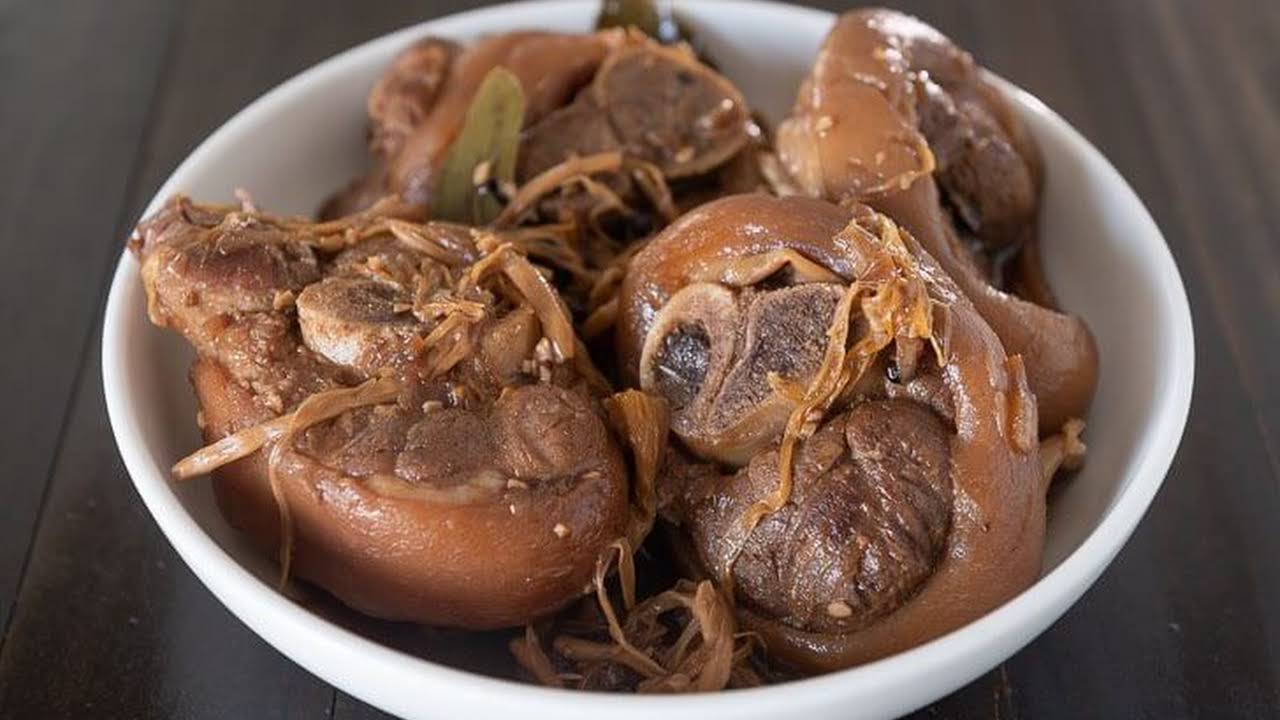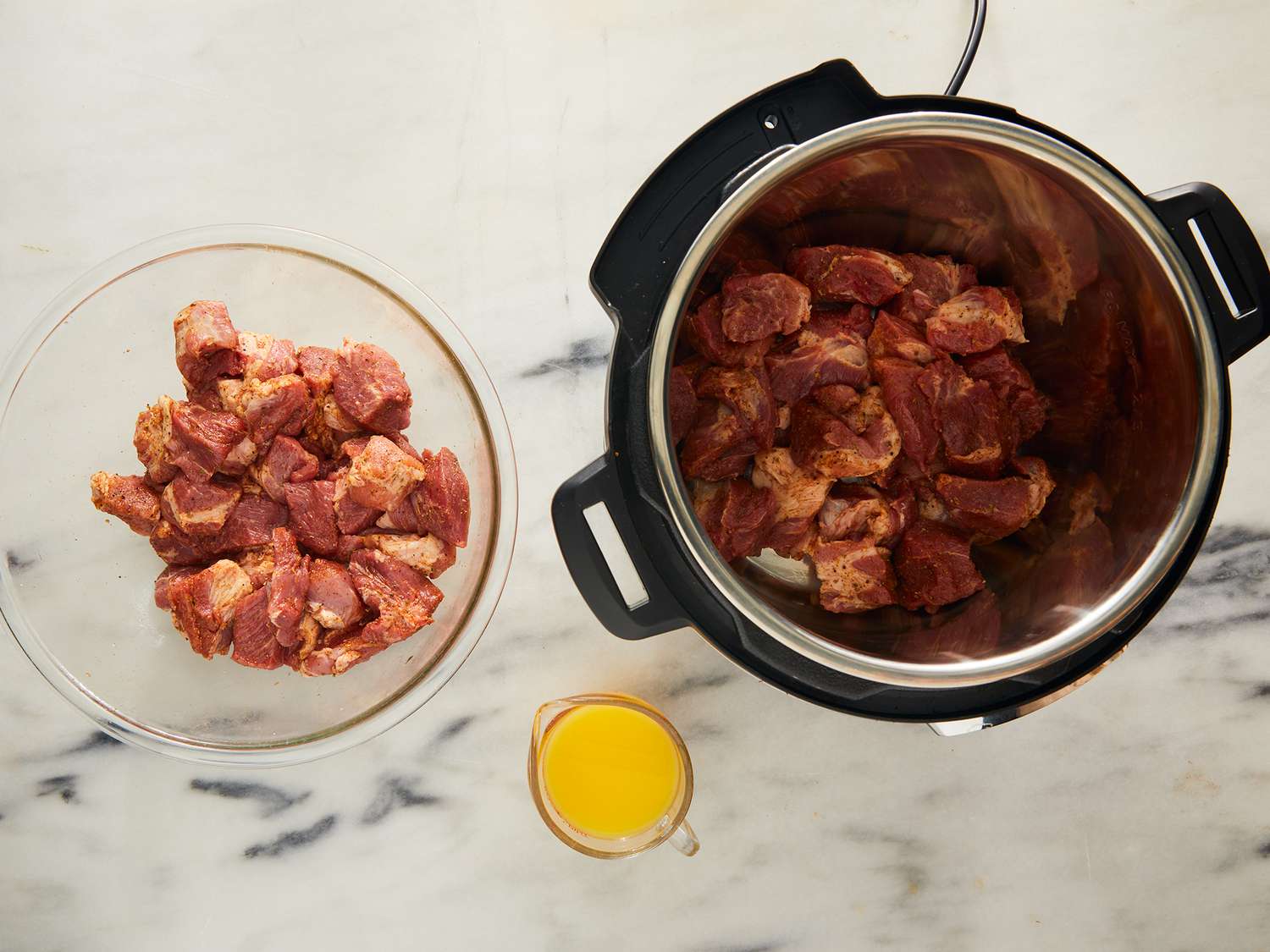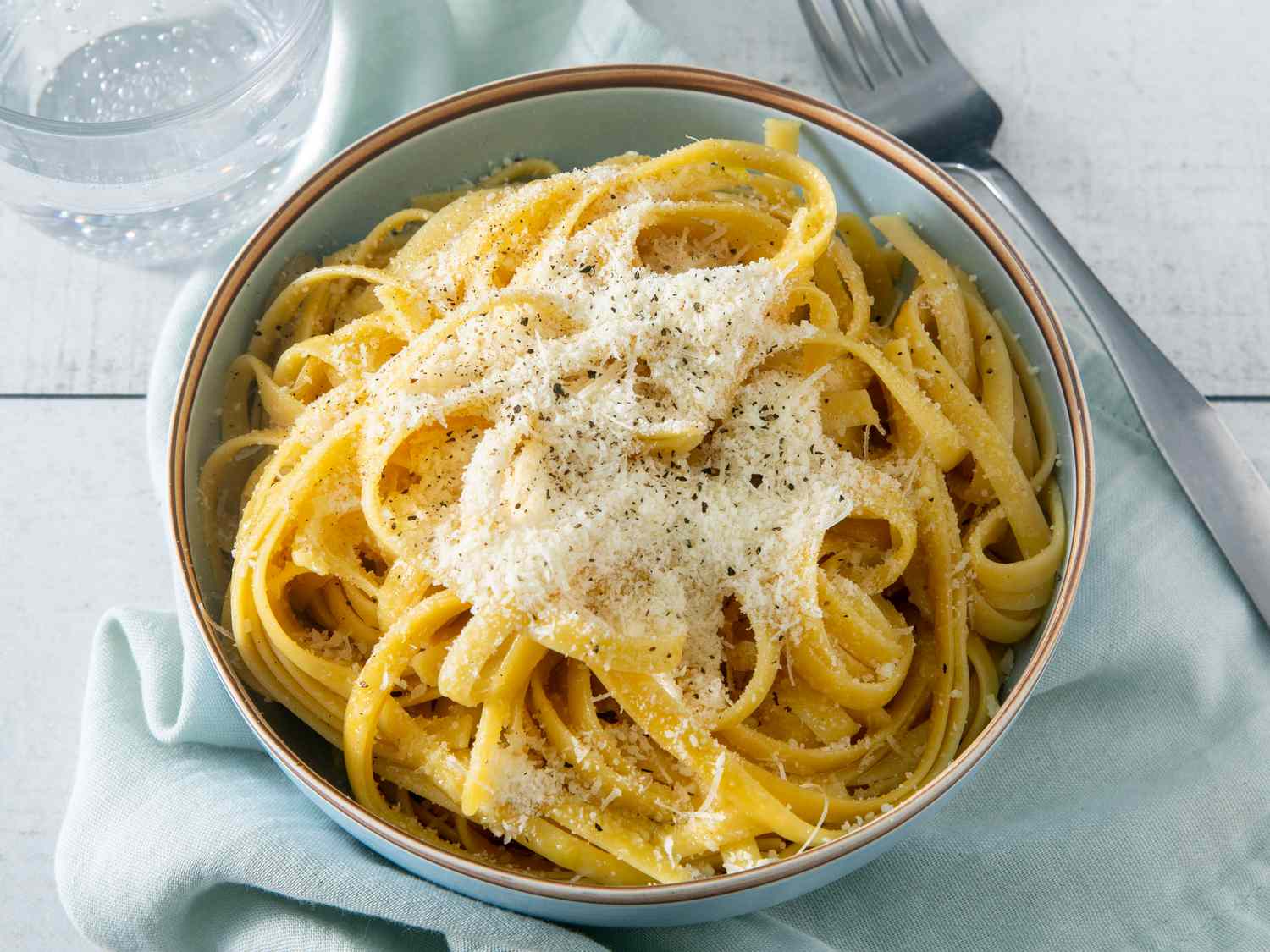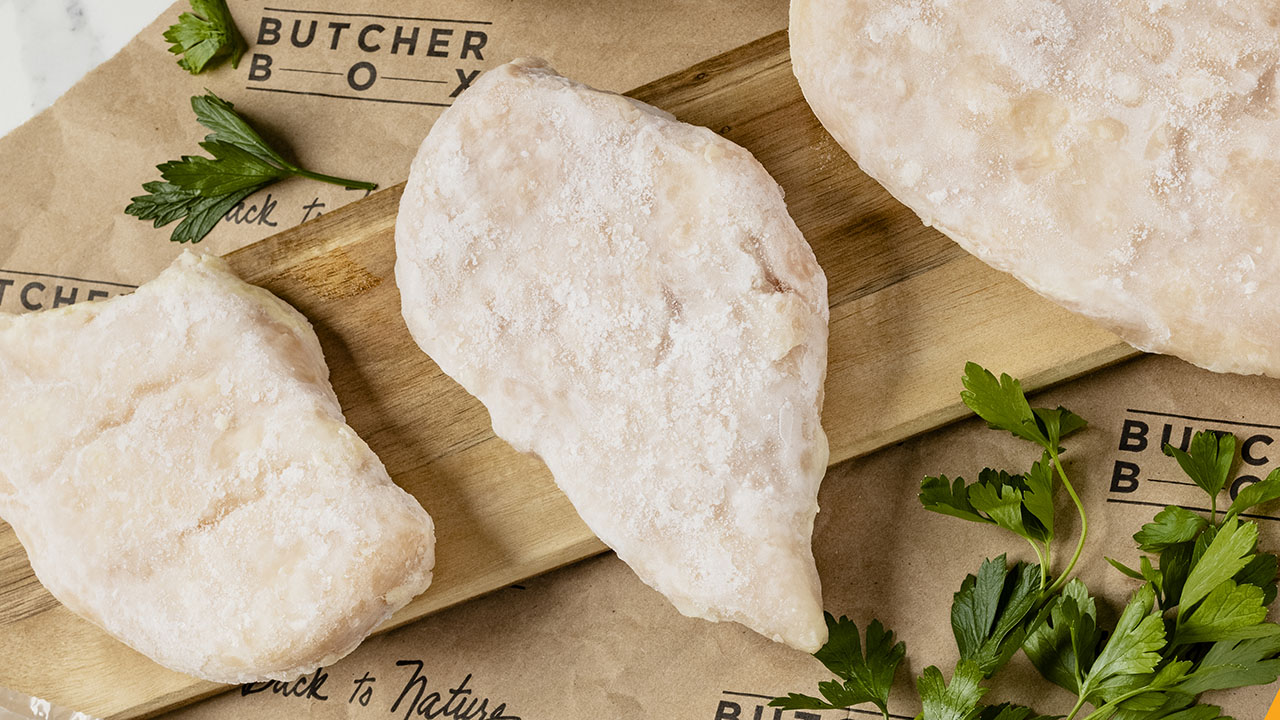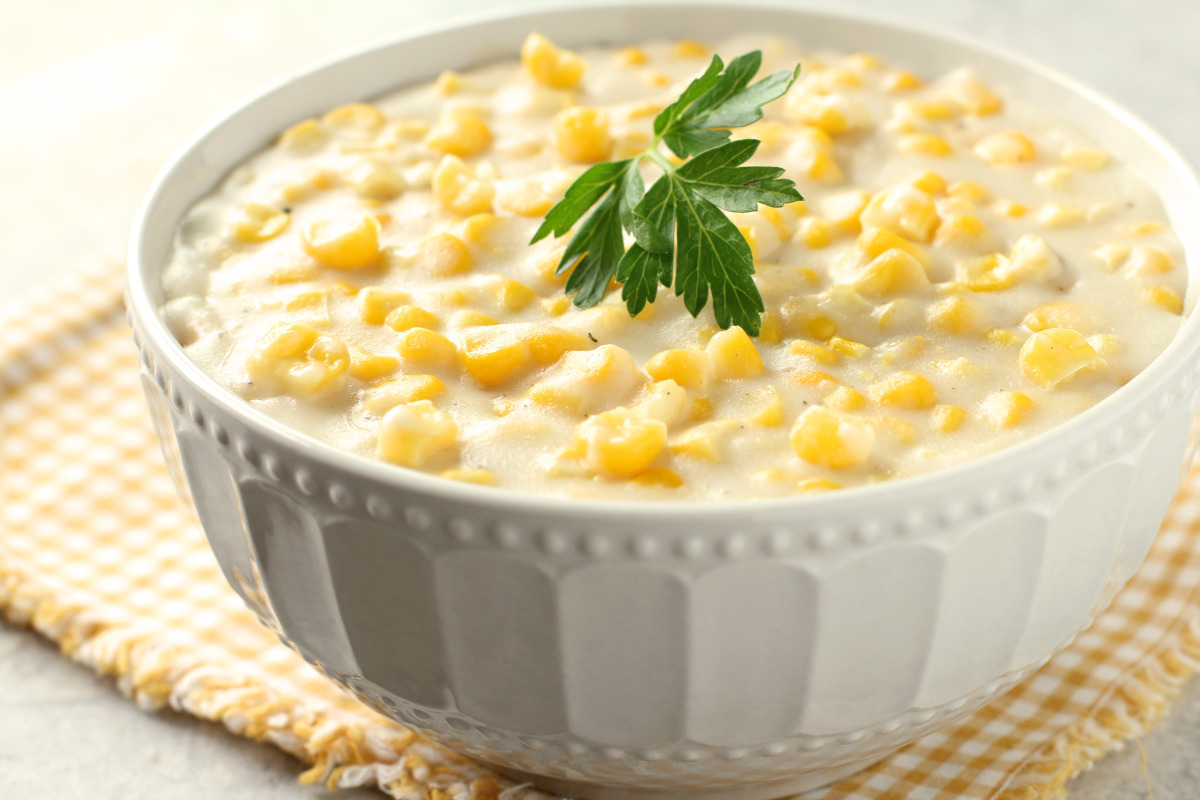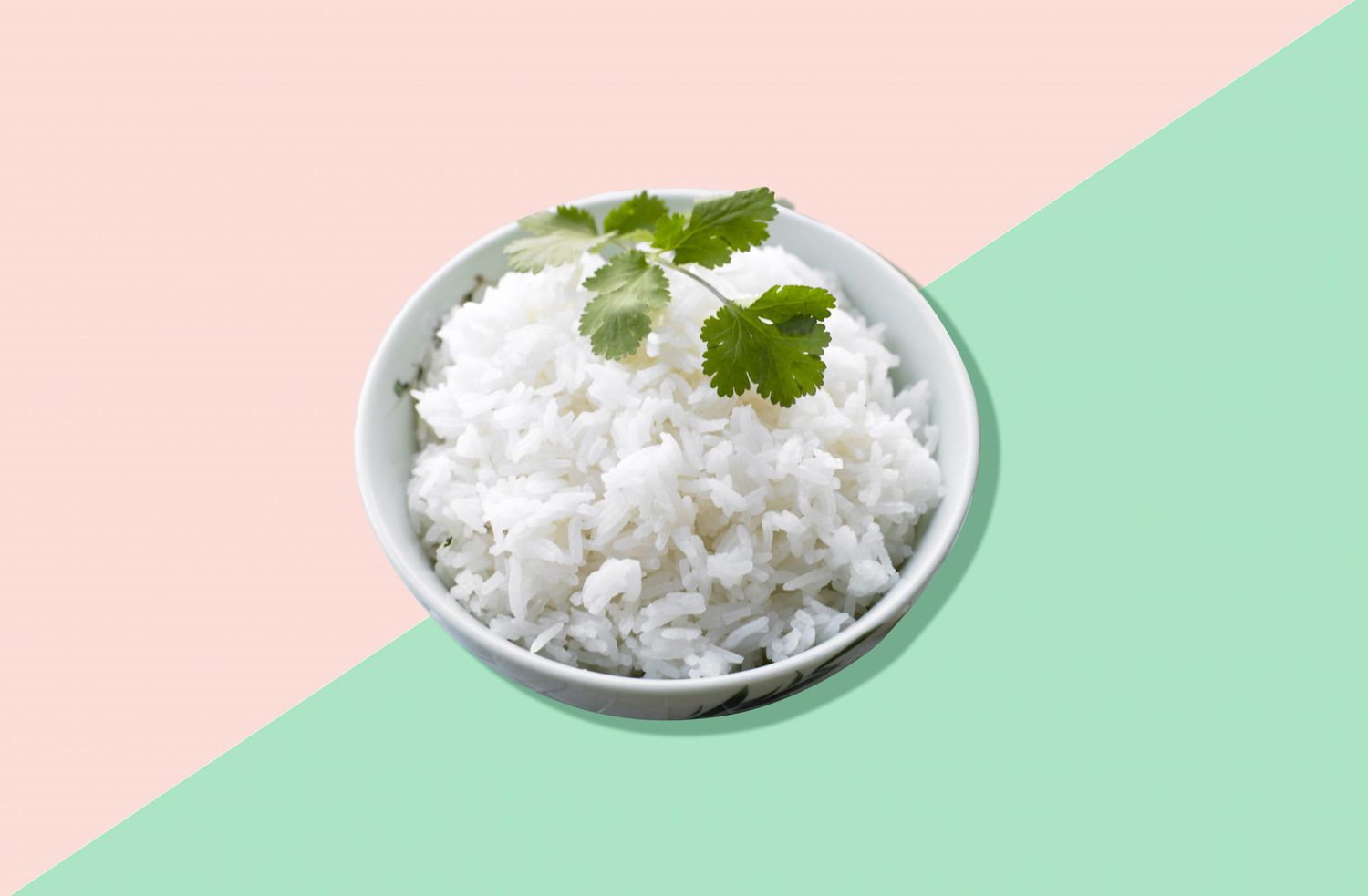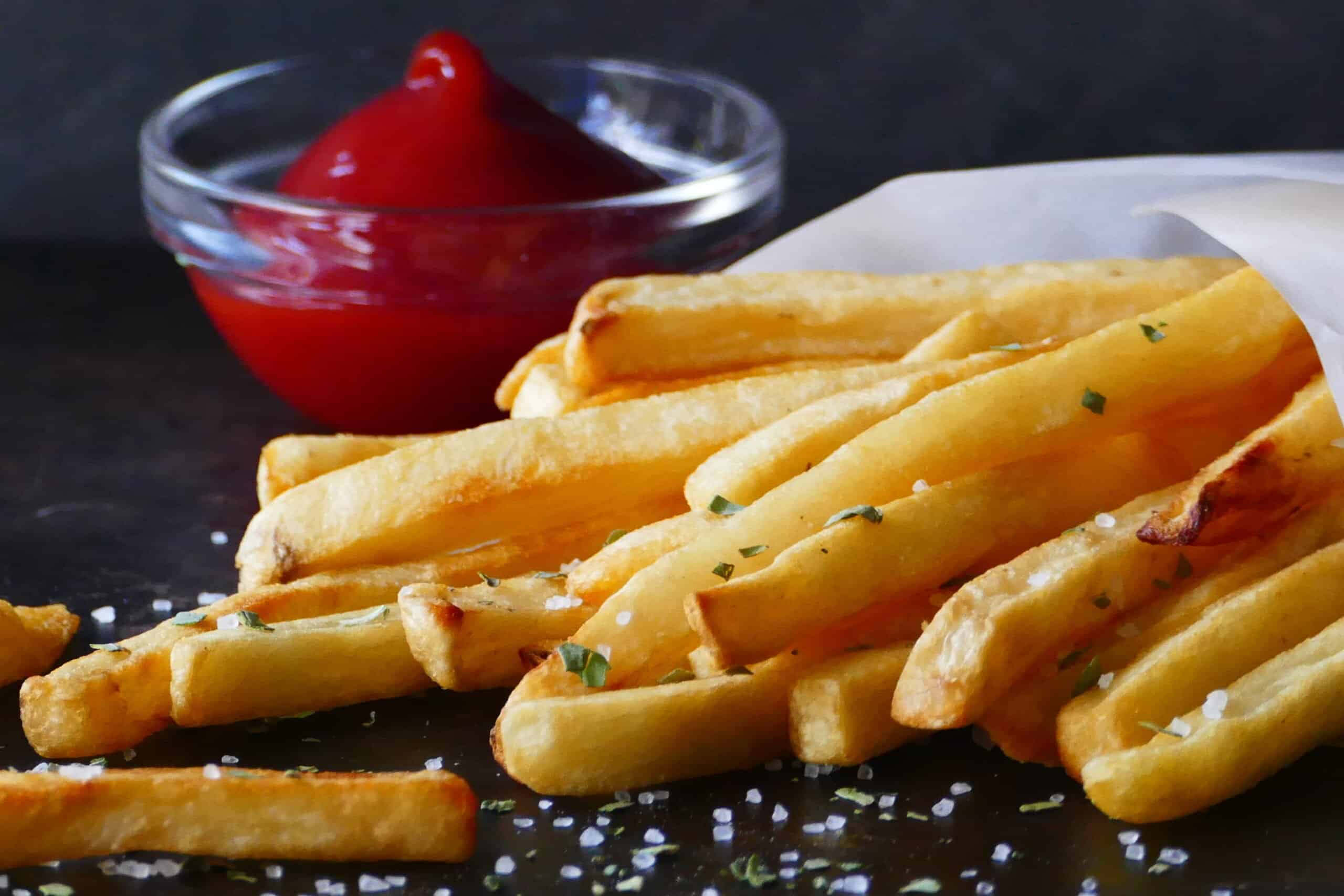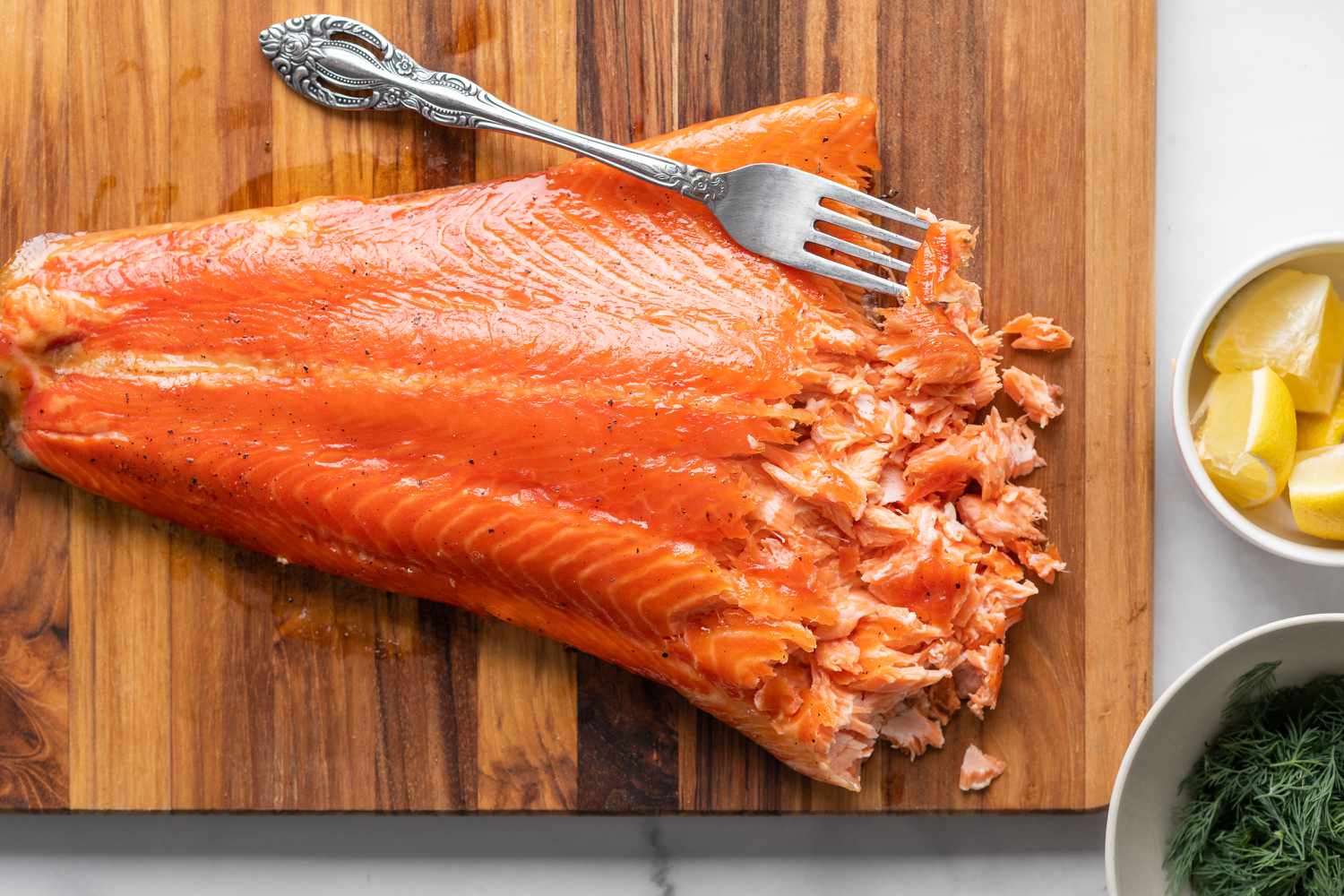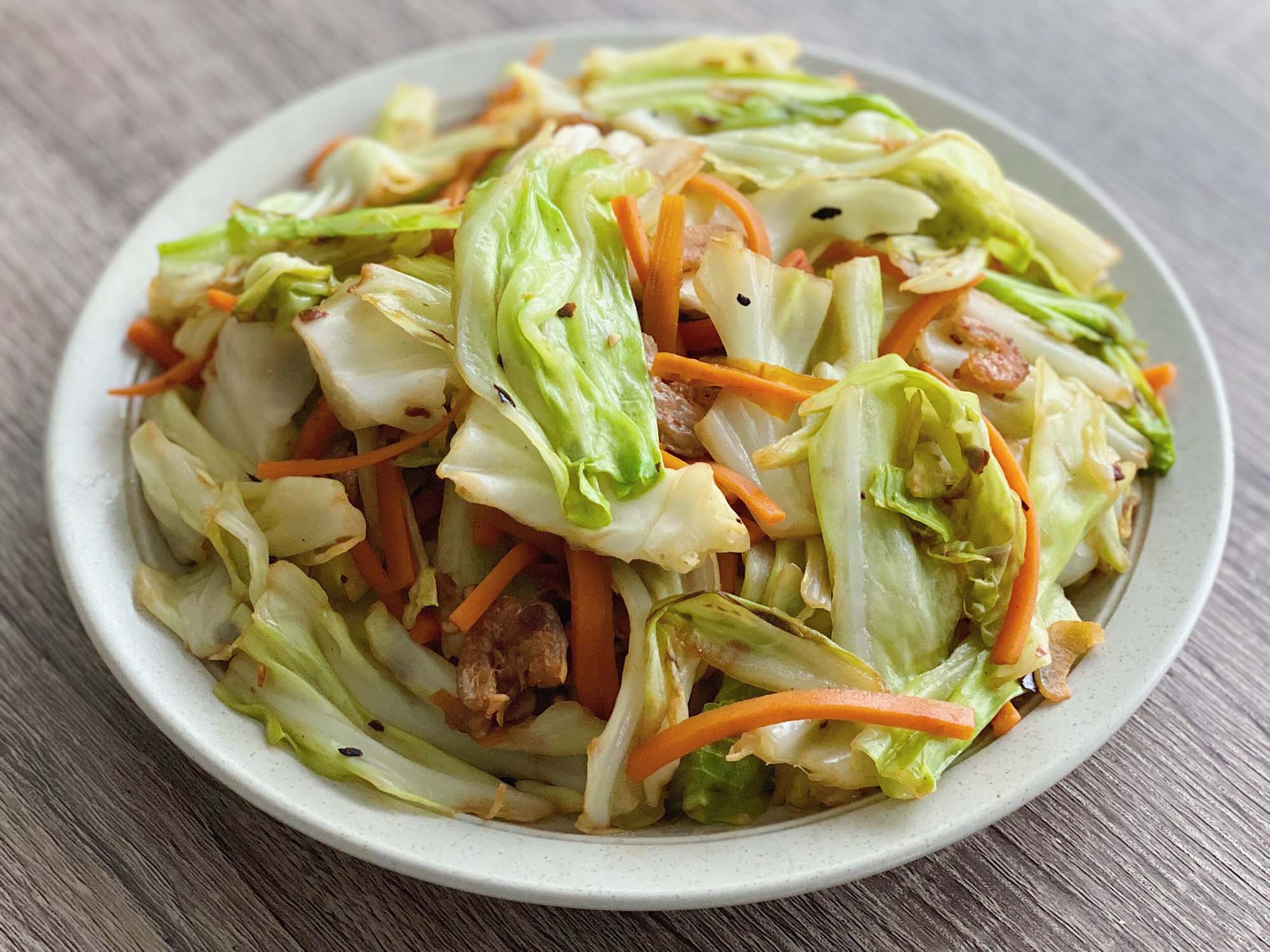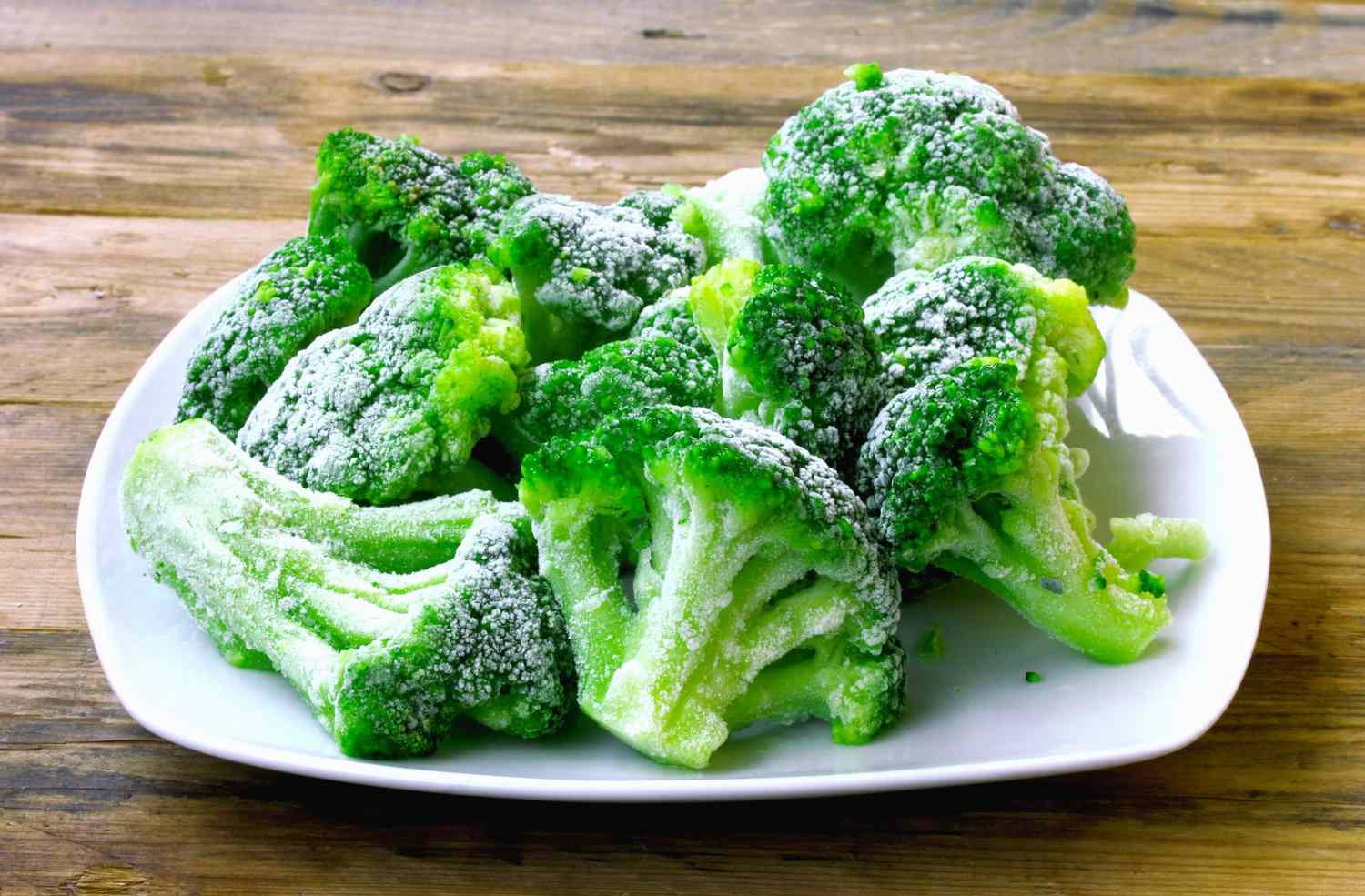Discover the Culinary Delights of Prickly Pear Cactus
Prickly pear cactus, also known as Opuntia, is a versatile and nutrient-packed ingredient that is often overlooked in the culinary world. This unique plant, with its distinct spiky exterior, may seem intimidating at first, but with a little know-how, you can transform it into a delicious and healthy addition to your meals. In this article, we will walk you through everything you need to know about cooking with prickly pear cactus.
Choosing the Perfect Prickly Pear Cactus
Before you start cooking, it’s important to select the right prickly pear cactus. Look for cacti that are vibrant in color and free from blemishes or mold. Ensure that the spines are intact and not too brittle; this will make it easier to handle during preparation.
Removing the Spines
Handling prickly pear cactus requires caution as the spines can cause irritation. Start by wearing protective gloves or using tongs to grasp the cactus. Carefully use a sharp knife to remove the spines by slicing vertically from top to bottom. Take your time and be gentle to avoid any injuries.
Prepping the Prickly Pear Cactus
Once the spines are removed, it’s time to prepare the cactus for cooking. Start by trimming off the top and bottom ends of the cactus. Then, using a paring knife, carefully cut away the outer layer, including any remaining spines. Rinse the cactus thoroughly to remove any residue.
Cooking Methods for Prickly Pear Cactus
Prickly pear cactus can be cooked in various ways to bring out its unique flavors. Here are a few popular methods:
- Grilling: Slice the prepared cactus into thin strips and drizzle with olive oil, salt, and your choice of spices. Grill over medium heat for about 5 minutes on each side, until lightly charred.
- Sautéing: Cut the cactus into bite-sized pieces and sauté with garlic and onions in a skillet until tender. Add your favorite herbs and seasonings to enhance the taste.
- Stir-Frying: Slice the cactus into strips and stir-fry with a medley of colorful vegetables for a vibrant and nutritious meal. Consider adding soy sauce or teriyaki sauce for an Asian-inspired twist.
Indulge in the Flavors of Prickly Pear Cactus
Once cooked, prickly pear cactus offers a unique combination of earthy, tangy, and slightly sweet flavors. Its crunchy texture adds a delightful twist to salads, tacos, salsas, and even desserts. You can also puree the cooked cactus to create a vibrant and nutritious sauce or dressing.
Exploring the Nutritional Benefits
Prickly pear cactus is not only a culinary delight but also a nutritional powerhouse. Bursting with antioxidants, vitamins, and minerals, it offers numerous health benefits. Some of the notable nutrients found in prickly pear cactus include:
- Calcium
- Magnesium
- Vitamin C
- Fiber
- Potassium
Incorporating prickly pear cactus into your diet can help boost your immune system, promote digestion, and regulate blood sugar levels.
Get Unleash Your Culinary Creativity with Prickly Pear Cactus
Now that you know the ins and outs of cooking with prickly pear cactus, it’s time to get creative in the kitchen. Experiment with different recipes, incorporate it into your favorite dishes, and savor the unique flavors this remarkable ingredient has to offer. Whether you’re a seasoned chef or a cooking novice, prickly pear cactus is sure to add a touch of excitement to your meals.
So, next time you’re looking to try something new, don’t shy away from prickly pear cactus. Embrace its culinary potential and embark on a culinary adventure that will leave you wanting more!
Was this page helpful?
Read Next: How To Cook Bone-In Chicken Breast In Oven
